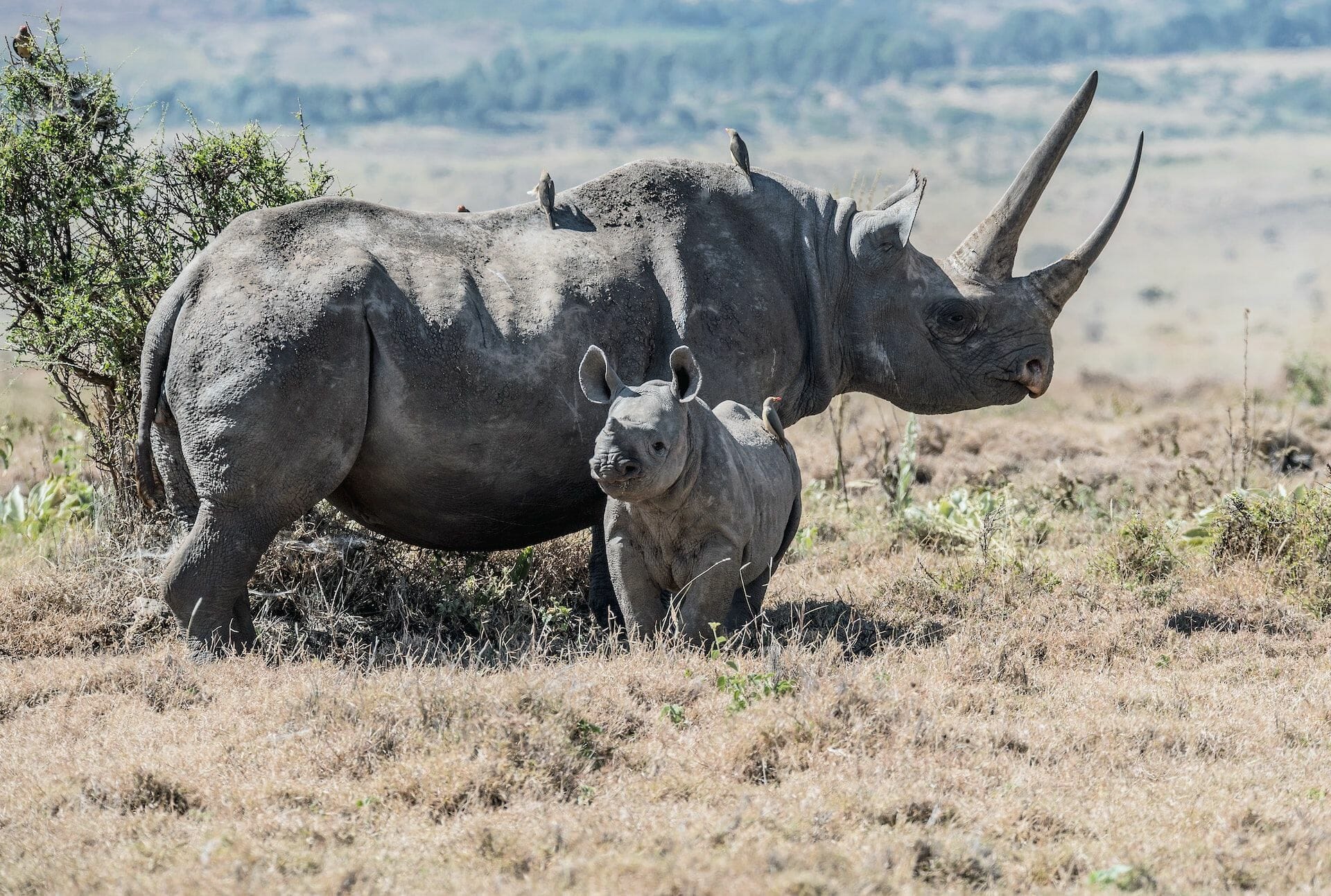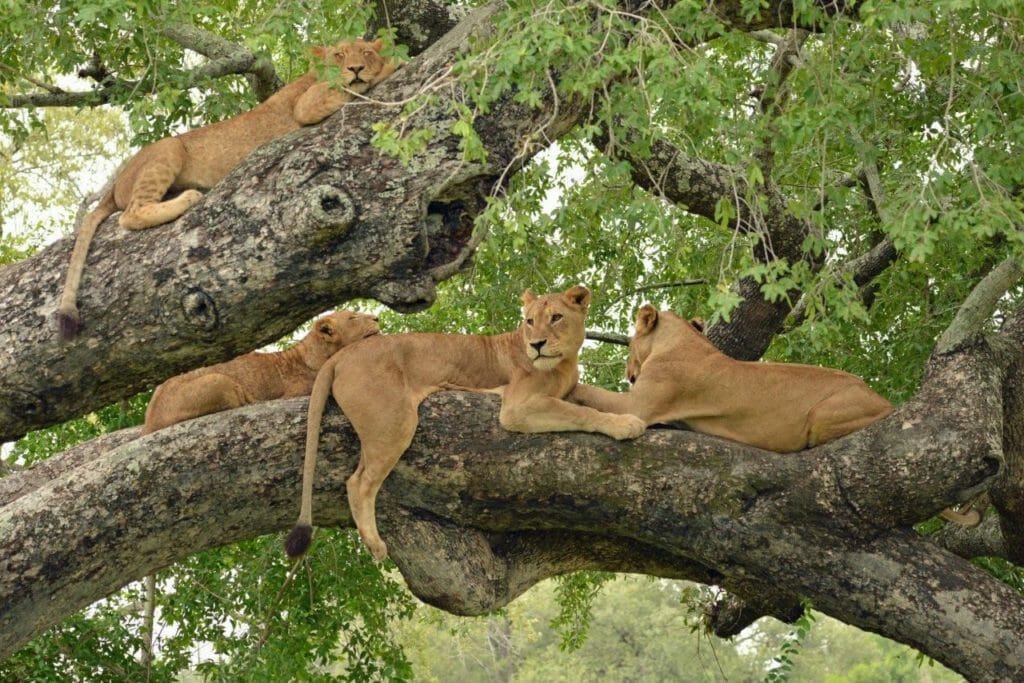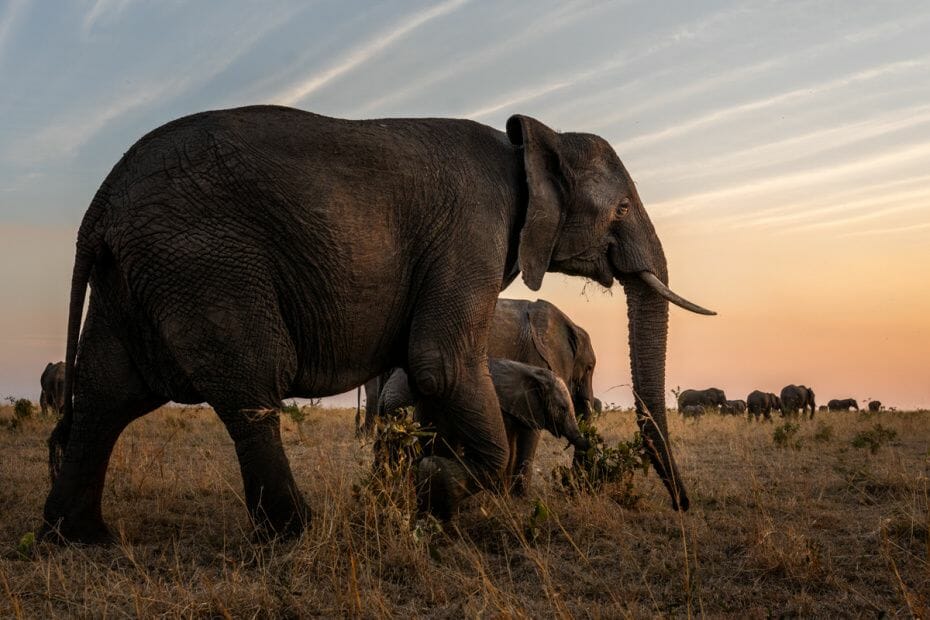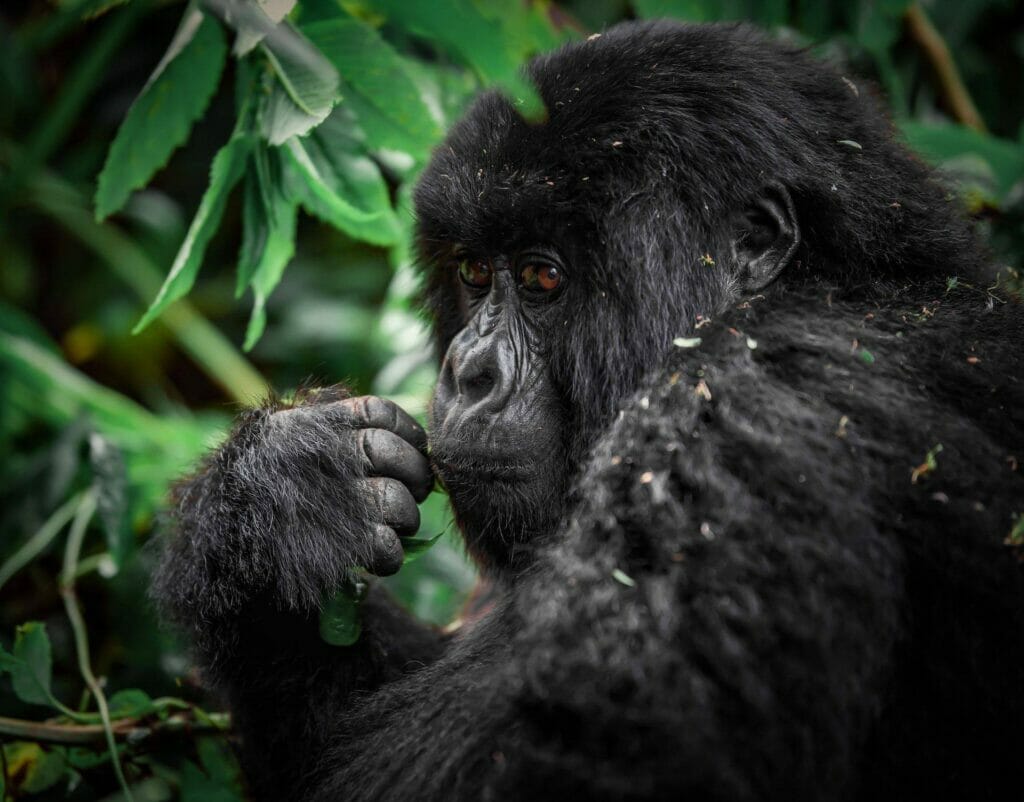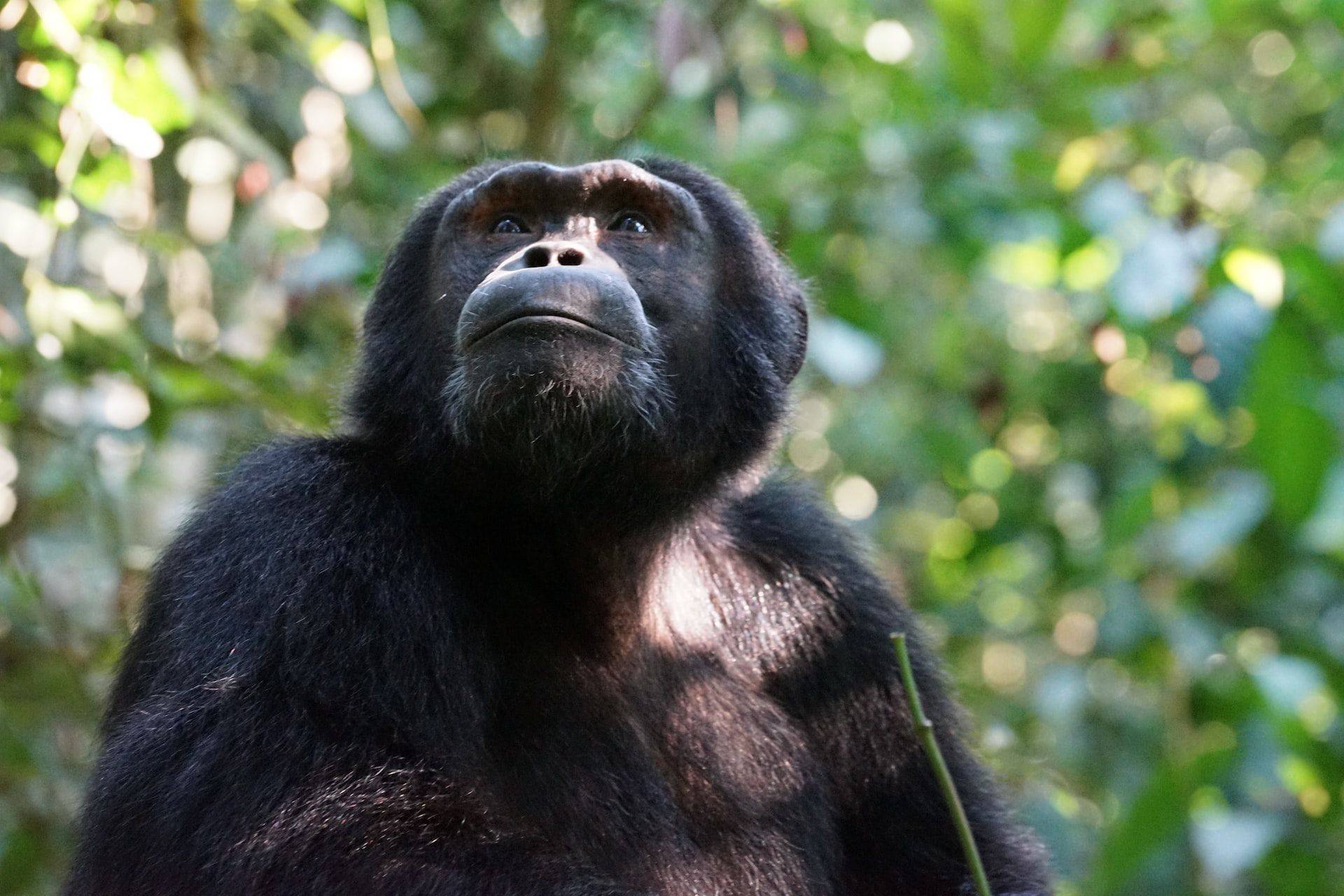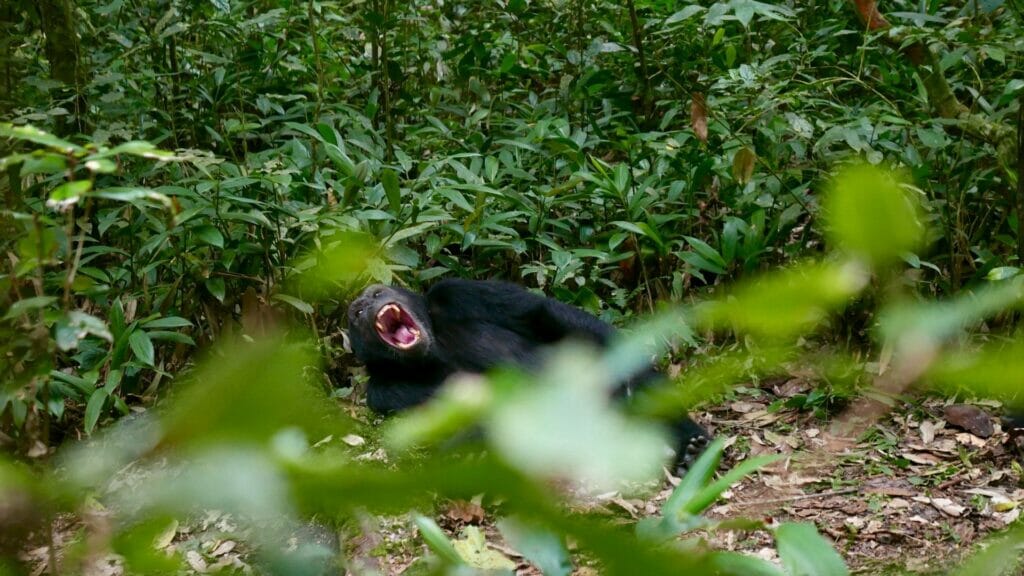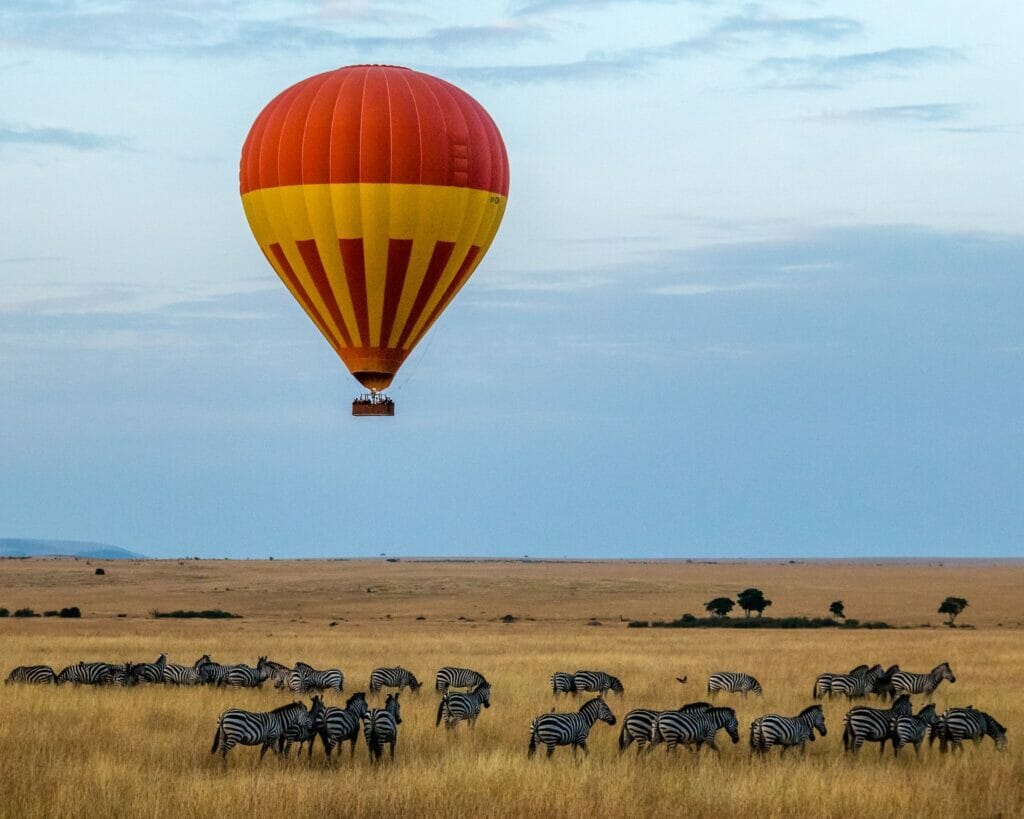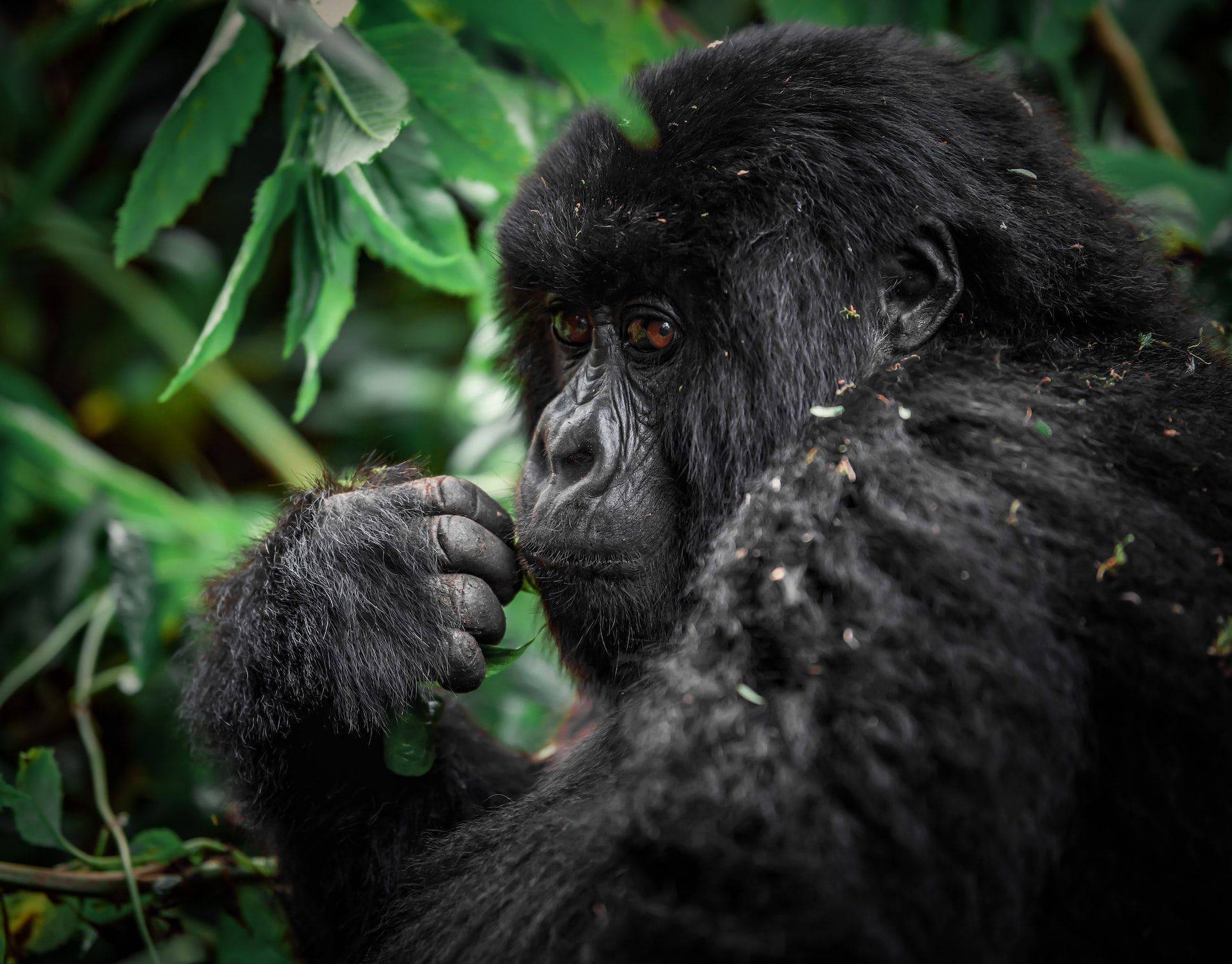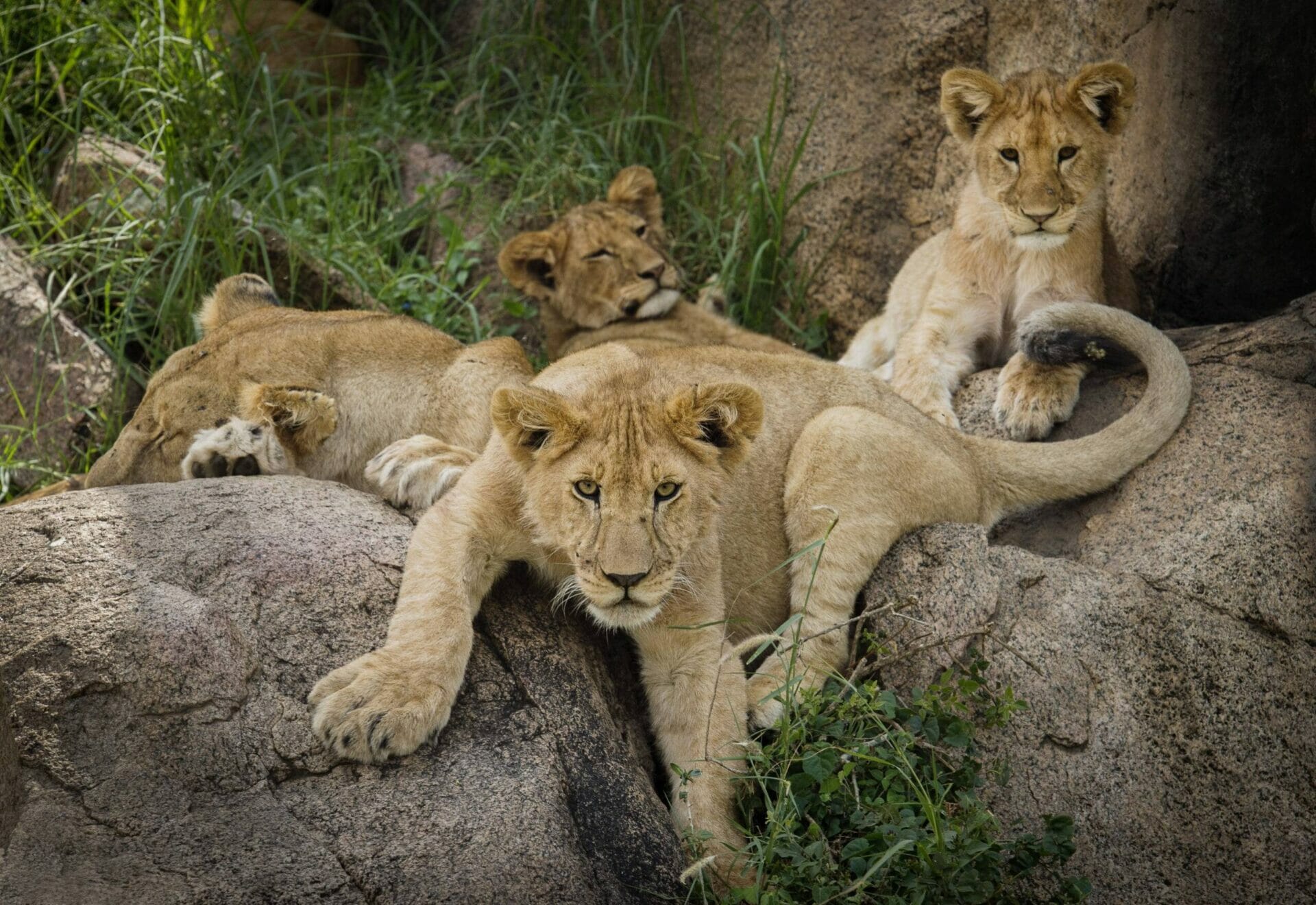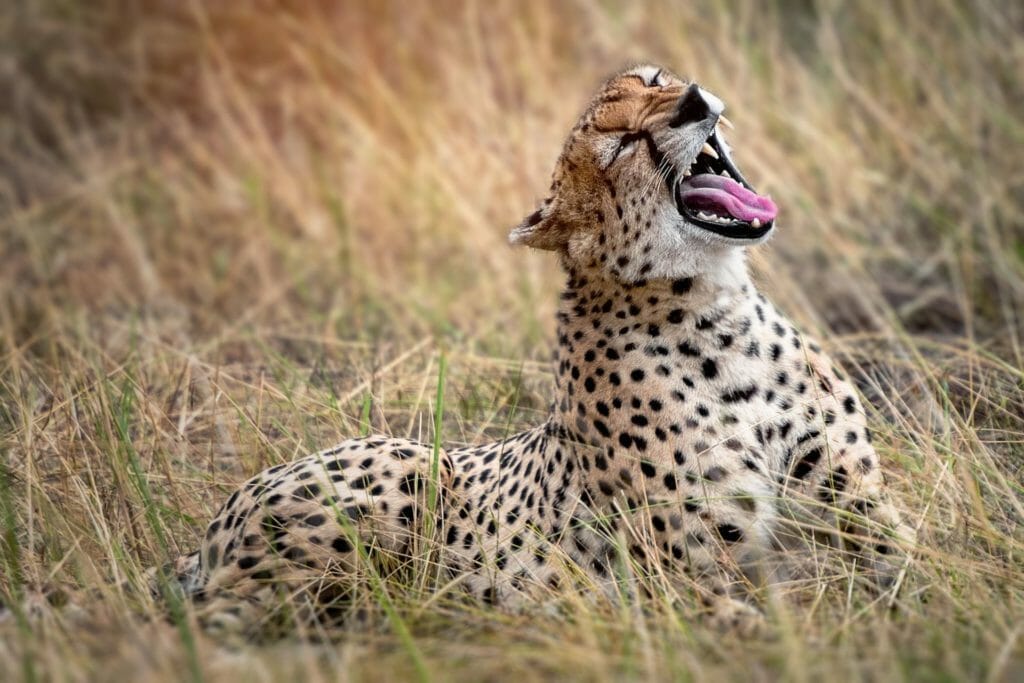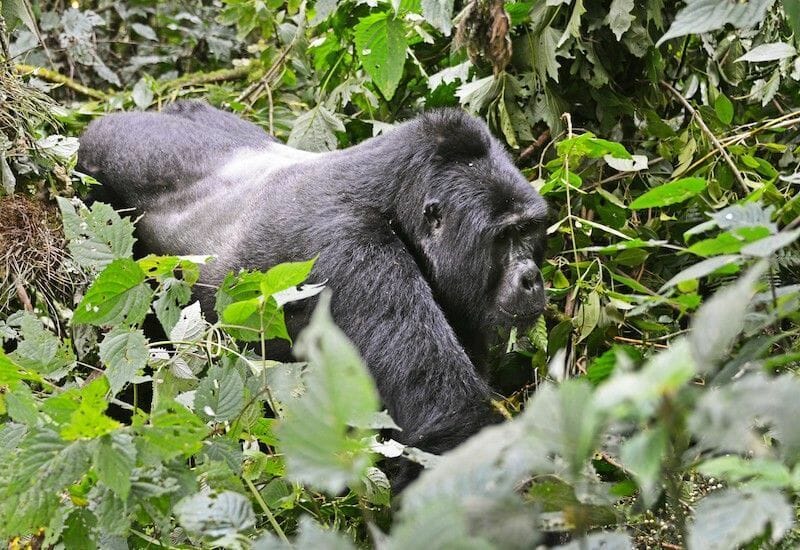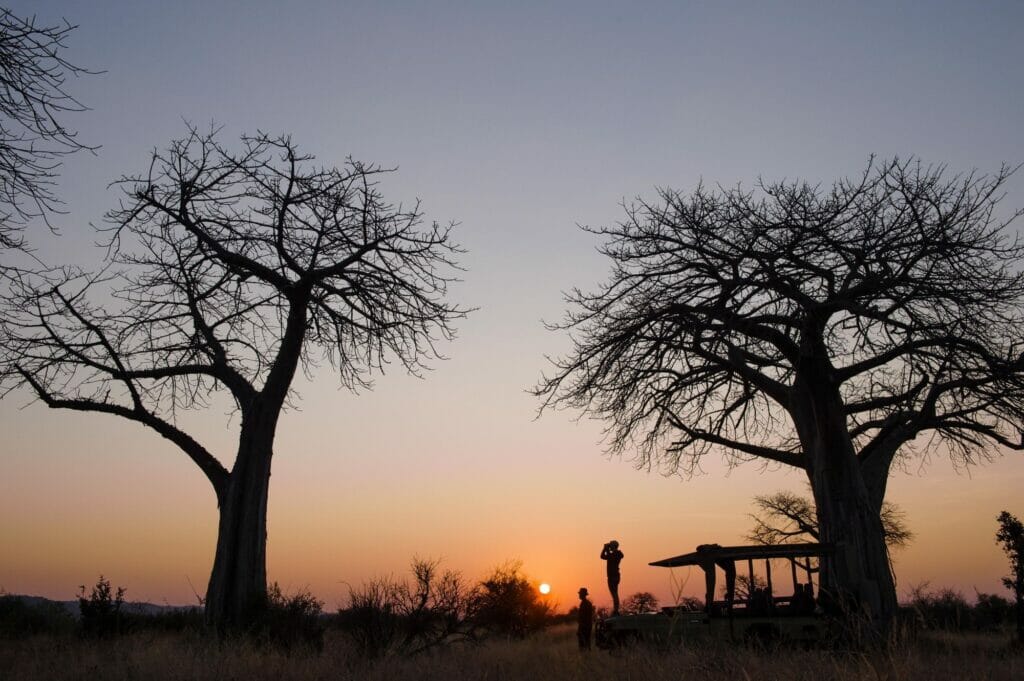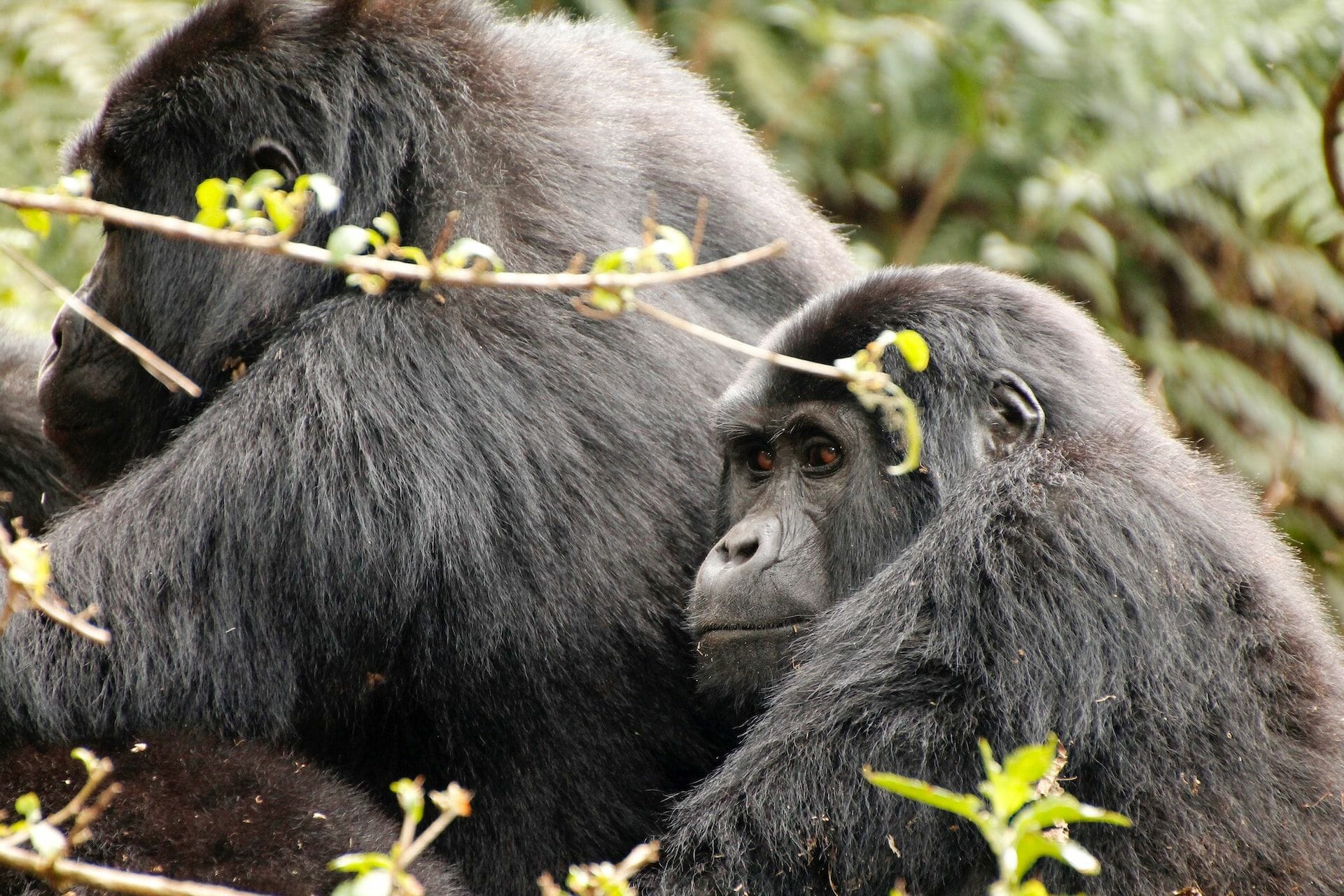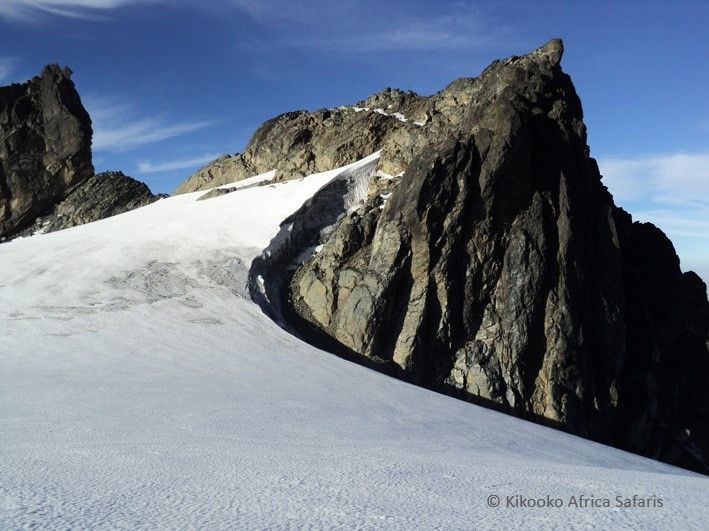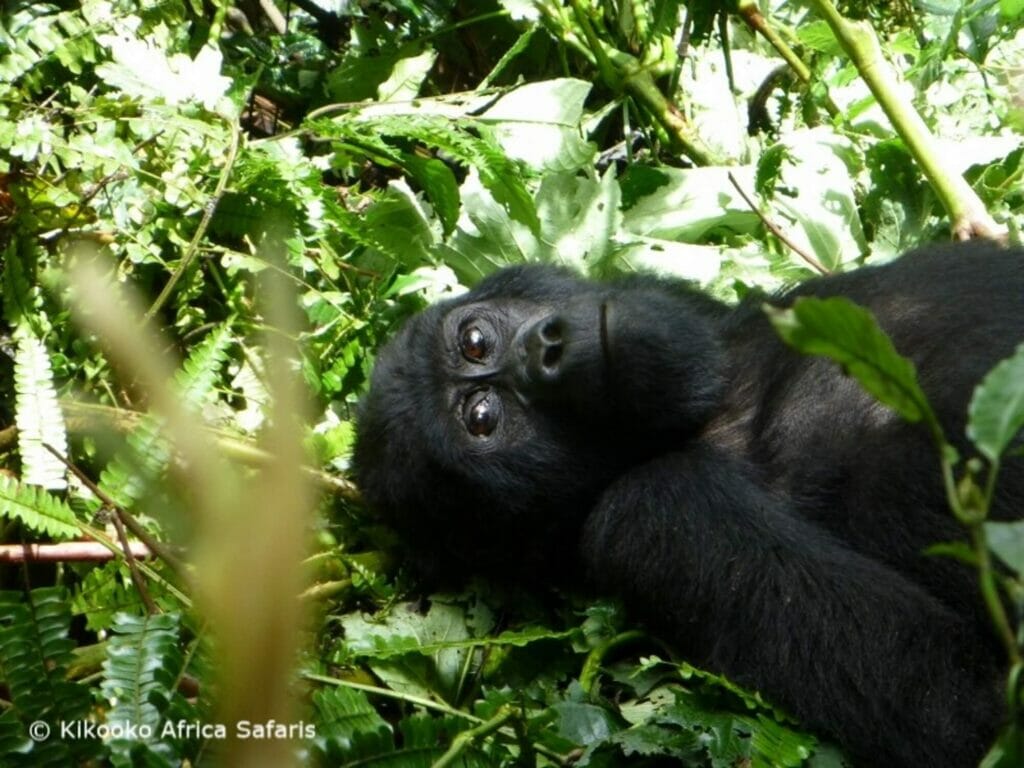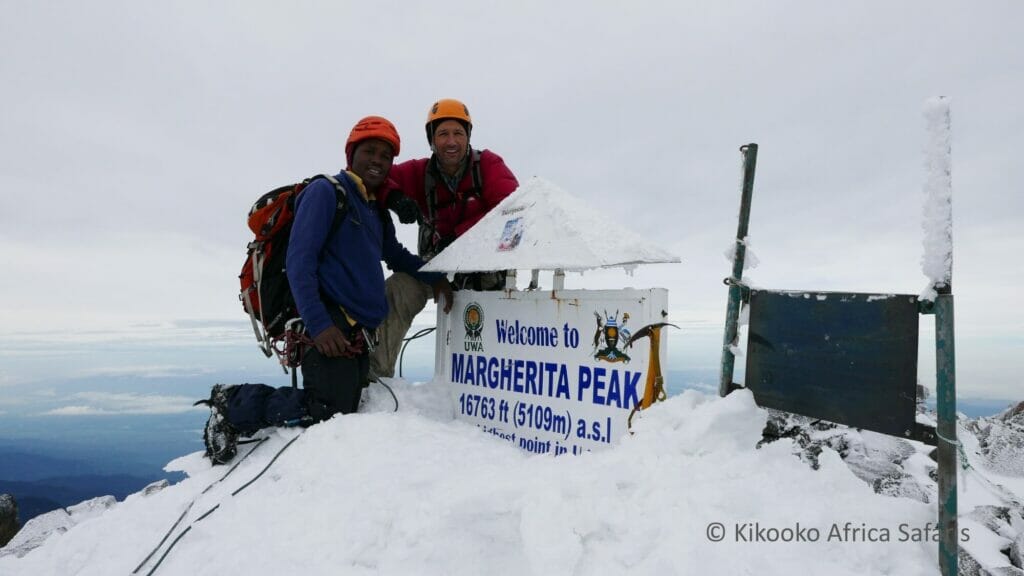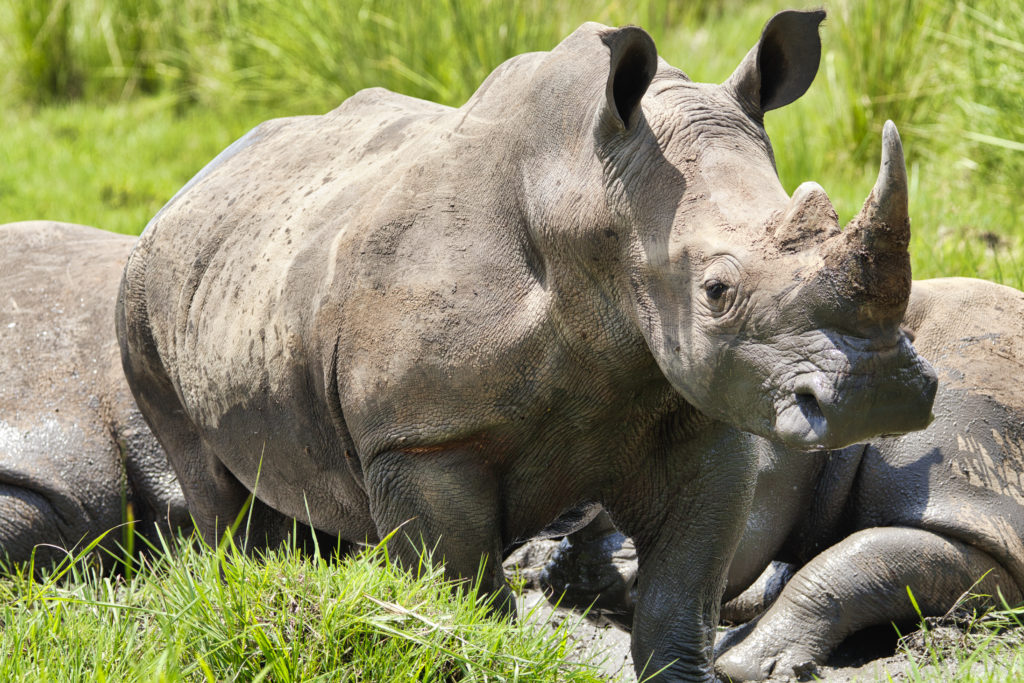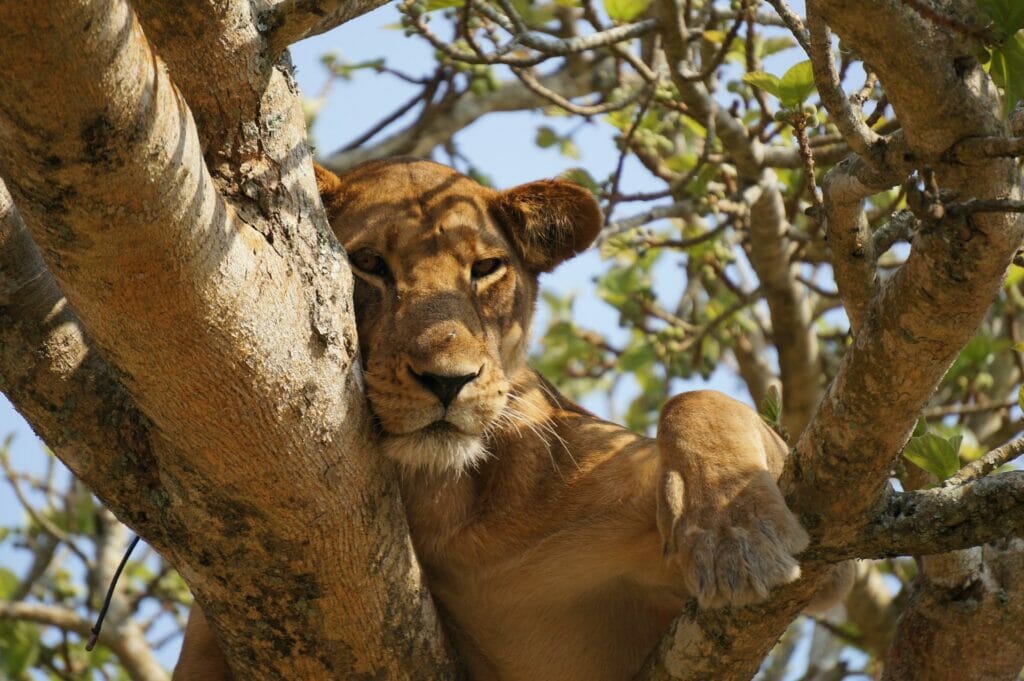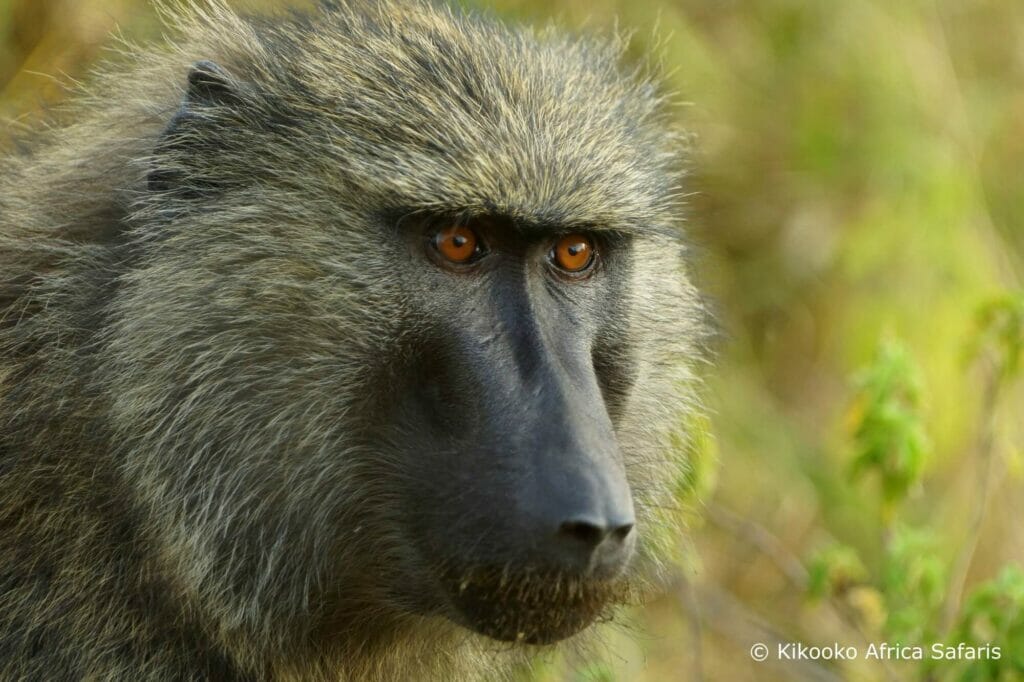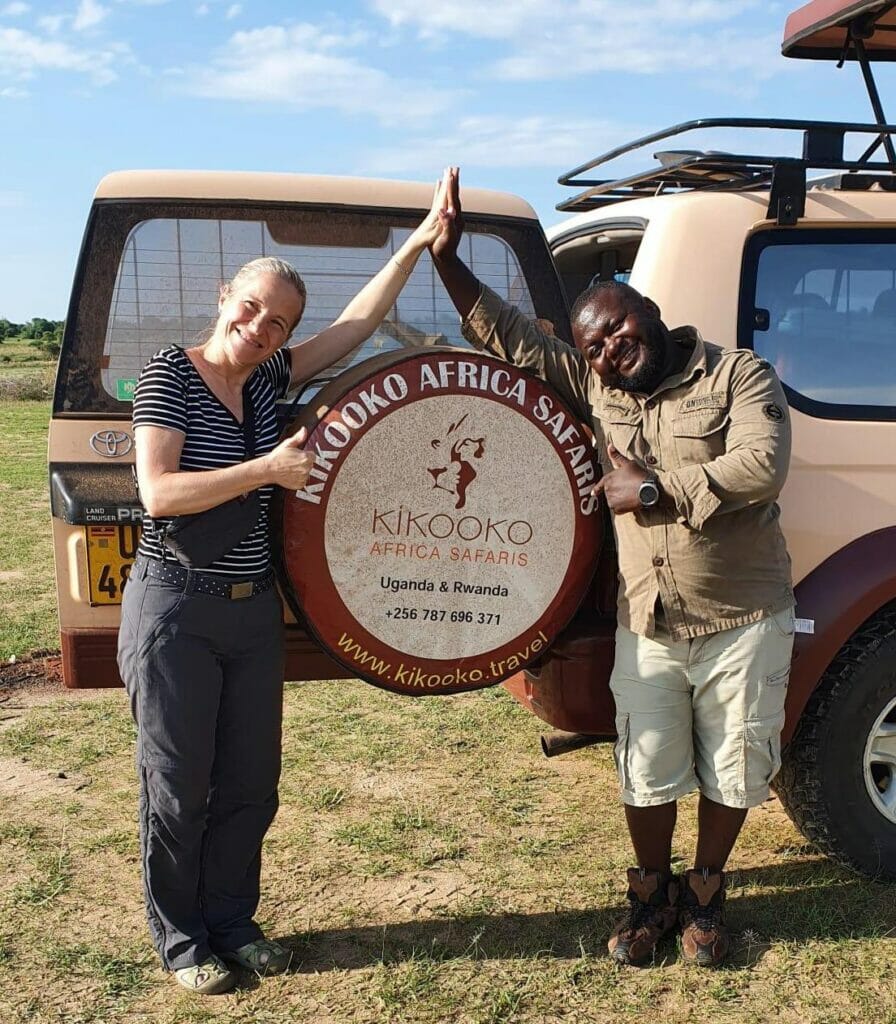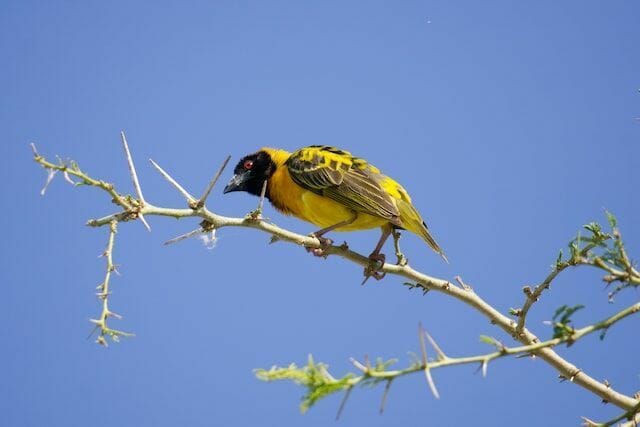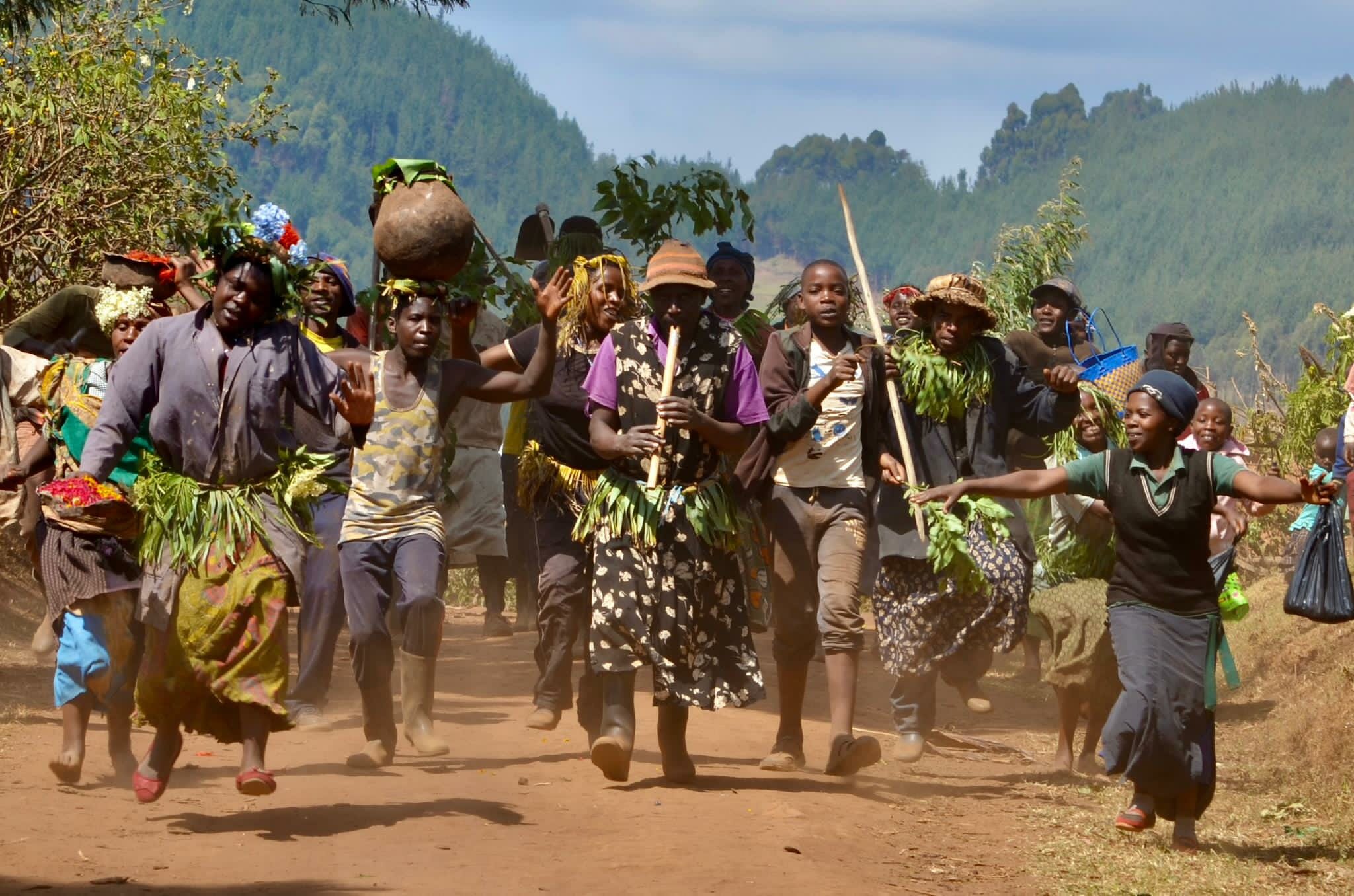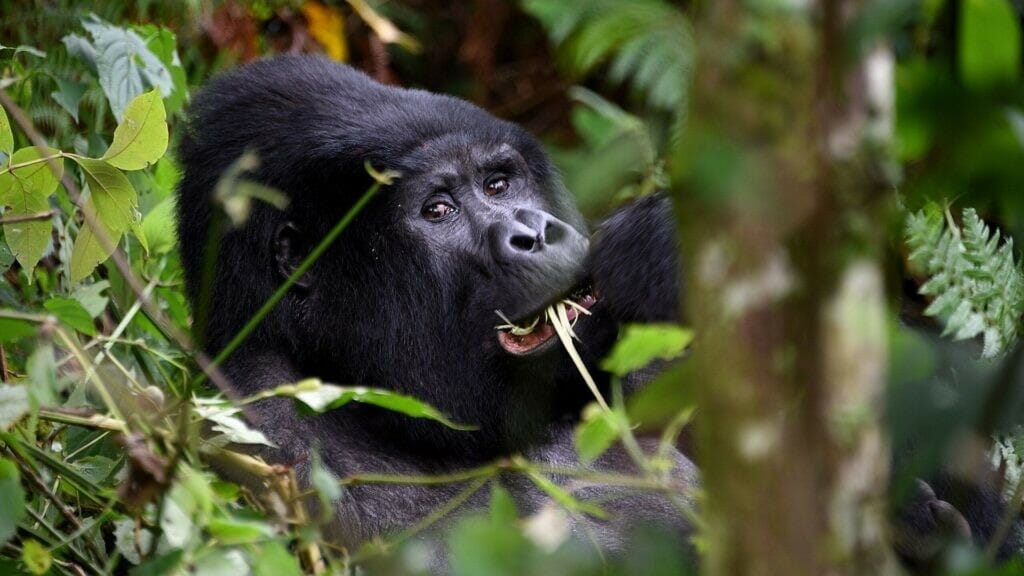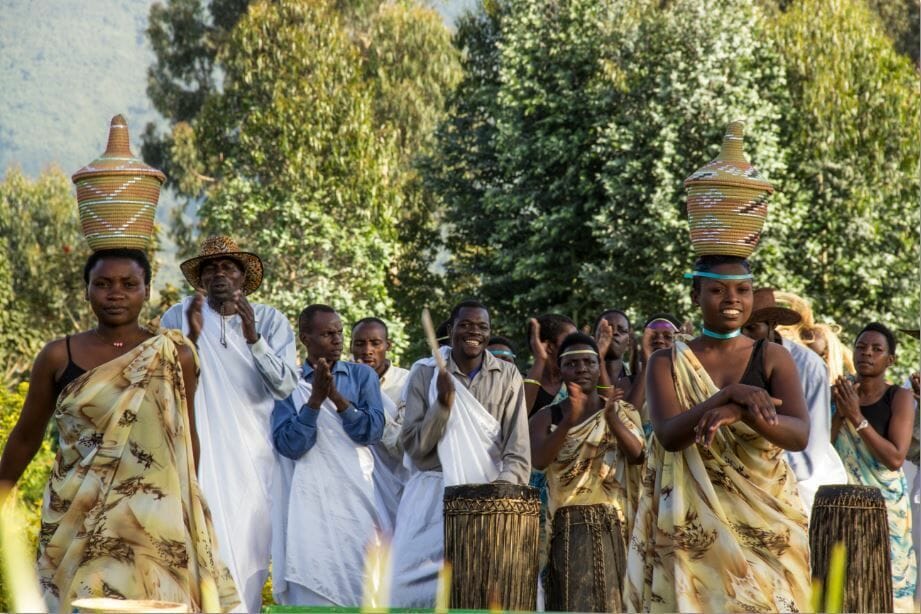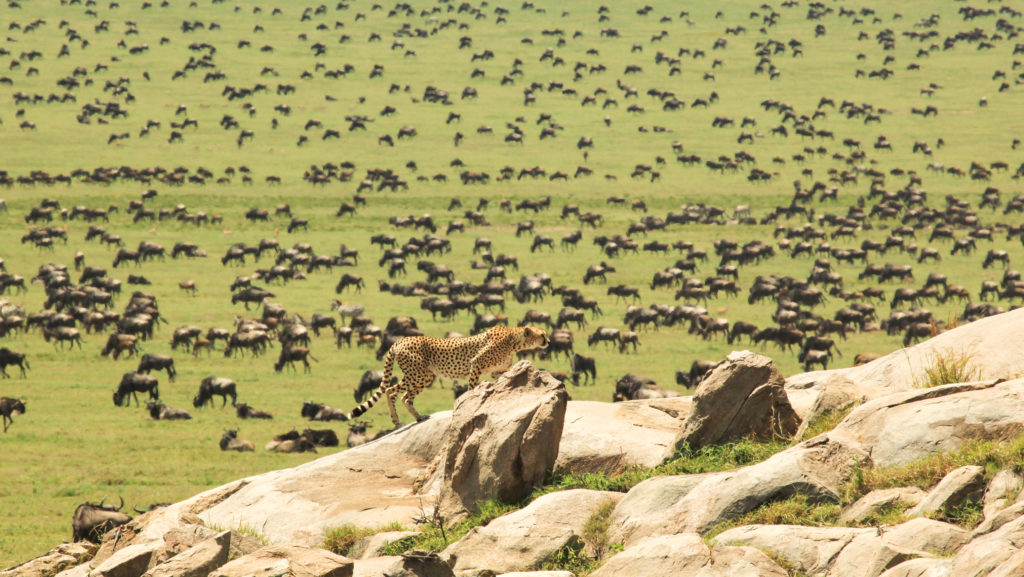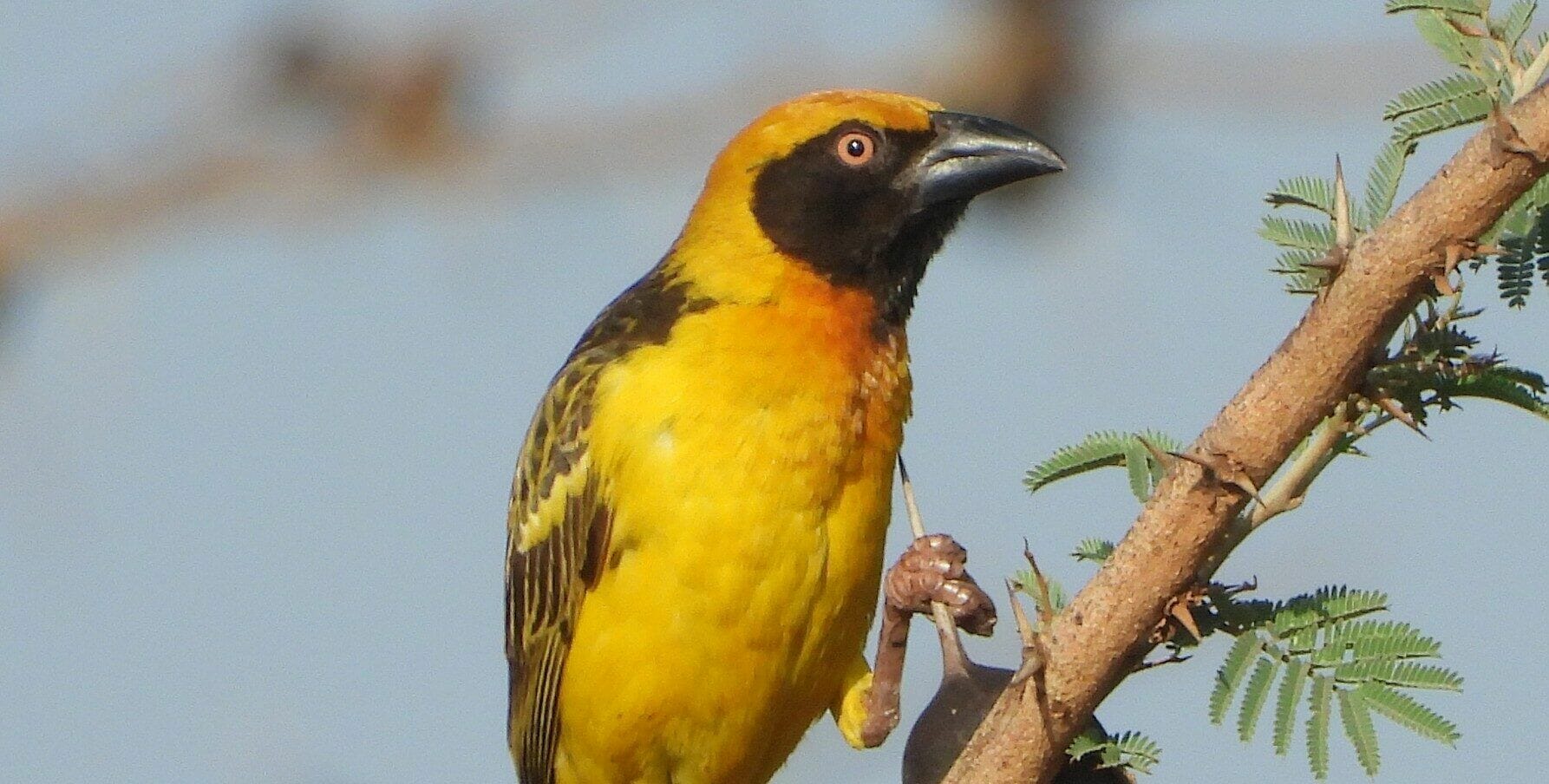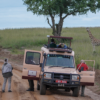Uganda Primate Permits: What It Costs To See Mountain Gorillas, Chimpanzees, and Golden Monkeys
Are you planning a primate safari in Uganda for 2024? Then you’re going to need some Uganda primate permits! You’re in the right place, because we have the most up-to-date information on chimpanzee, golden monkey, and mountain gorilla permits in Uganda.
Today we’re answering your most frequently asked questions about these permits, including the difference between tracking and habituation permits, where to go for each primate tracking experience, and the costs for permits.
Updated: March 24, 2024
General Questions About Uganda Primate Permits
What is the difference between a tracking permit and a habituation permit?
In Uganda, visitors have the opportunity to obtain either a tracking permit or a habituation permit to see primates in their natural habitats. A tracking permit allows visitors to track and observe primates for a limited time period, usually one hour.
A habituation permit offers visitors the opportunity to spend more time with the primates, up to four hours, as they become acclimated to human presence. Habituation permits are typically more expensive than tracking permits, but they offer a more immersive experience. It’s important to note that habituation permits are limited and may only be available for certain primate species in specific areas.
Do permit prices for chimpanzees, golden monkeys, or mountain gorillas change between seasons? Are there high/low seasons?
No, permit prices for chimpanzees, golden monkeys, or mountain gorillas do not change between seasons. The Uganda Wildlife Authority (UWA) sets the price for primate permits on an annual basis, and the price is the same throughout the year.
However, there are peak seasons and low seasons for primate trekking, which can affect availability and the overall experience. The peak seasons for gorilla trekking in Uganda are June to September and December to February, which coincide with the dry seasons. The low season is during the rainy months of March to May and October to November.
During peak season, demand for permits is higher and it is recommended to book well in advance to secure your spot. During low season, prices for accommodations and other activities may be lower, and the number of tourists is generally lower, providing a more intimate experience.
Questions About Chimpanzee Permits In Uganda
Where can I go chimpanzee tracking in Uganda?
Uganda offers several destinations for chimpanzee tracking. The most popular ones are Kibale National Park, Budongo Forest Reserve, and Kyambura Gorge in Queen Elizabeth National Park. Kibale National Park is the best place to see chimpanzees in Uganda, and it is home to over 1,500 chimpanzees, making it the primate capital of East Africa.
Budongo Forest Reserve is another great destination for chimpanzee tracking, and it is located within the boundaries of Murchison Falls National Park. Kyambura Gorge, located in Queen Elizabeth National Park, is a stunningly beautiful gorge that provides a unique setting for chimpanzee tracking.
Are there chimpanzee tracking permits and chimpanzee habituation permits?
Chimpanzee tracking permits are issued for visitors who wish to go on a guided trek to see chimpanzees in their natural habitat. This usually involves hiking through the forest with a trained guide who will lead visitors to where the chimpanzees are located. Tracking permits are typically cheaper than habituation permits and are only valid for a few hours of tracking.
Chimpanzee habituation permits allow visitors to spend more time with chimpanzees as they get habituated to human presence. Visitors with habituation permits can spend up to 4 hours with the chimpanzees during the habituation process, which involves following the chimpanzees as they move around and observing their behavior. Habituation permits are typically more expensive than tracking permits and require a longer time commitment.
What are the costs for chimpanzee tracking permits vs. chimpanzee habituation permits?
Chimpanzee tracking permits and chimpanzee habituation permits have different costs in Uganda. As of 2024, a chimpanzee tracking permit costs $250 per person for foreign non-residents in Kibale National Park and $100 in Kyambura Gorge, while a chimpanzee habituation permit costs $300 per person for foreign non-residents. The cost for chimpanzee tracking permits for foreign residents is $200 per person, while chimpanzee habituation permits cost $250 per person for foreign residents.
The cost for chimpanzee tracking permits and chimpanzee habituation permits varies depending on the nationality of the visitor, as Ugandan citizens pay a lower fee. It’s important to note that chimpanzee tracking permits are only valid for one day, while chimpanzee habituation permits are valid for the whole day, allowing visitors to spend more time with the chimpanzees and learn about their behavior.
It’s also important to note that these prices are subject to change, and it’s always best to confirm the current prices with the Uganda Wildlife Authority or a reputable tour operator before booking your permit.
Questions About Golden Monkey Permits In Uganda

Where can I go golden monkey tracking in Uganda?
Golden monkey tracking can be done in Mgahinga Gorilla National Park in southwestern Uganda. This park is located in the Virunga Mountains and is one of the few places in the world where you can see golden monkeys.
Are there golden monkey tracking permits and habituation permits?
Yes, there are separate permits for golden monkey tracking and habituation in Uganda. The golden monkey tracking permits are required to track and observe the golden monkeys in their natural habitat for a limited time, usually around one hour.
The golden monkey habituation permits are required for visitors who wish to spend a longer time (up to four hours) with the golden monkeys, to gain a deeper understanding of their behavior and daily routines.
What are the costs for golden monkey tracking permits vs. habituation permits?
The permits for golden monkey tracking and habituation are different in price, with the tracking permit costing $60 per person, while the habituation permit costs $100 per person.
Additionally, there are different rules and regulations that apply to each type of permit, such as group size restrictions and specific time slots for tracking or habituation activities. It’s important to check with your Uganda safari tour operator or the Uganda Wildlife Authority for specific details on obtaining and using these permits.
Questions About Mountain Gorilla Permits In Uganda
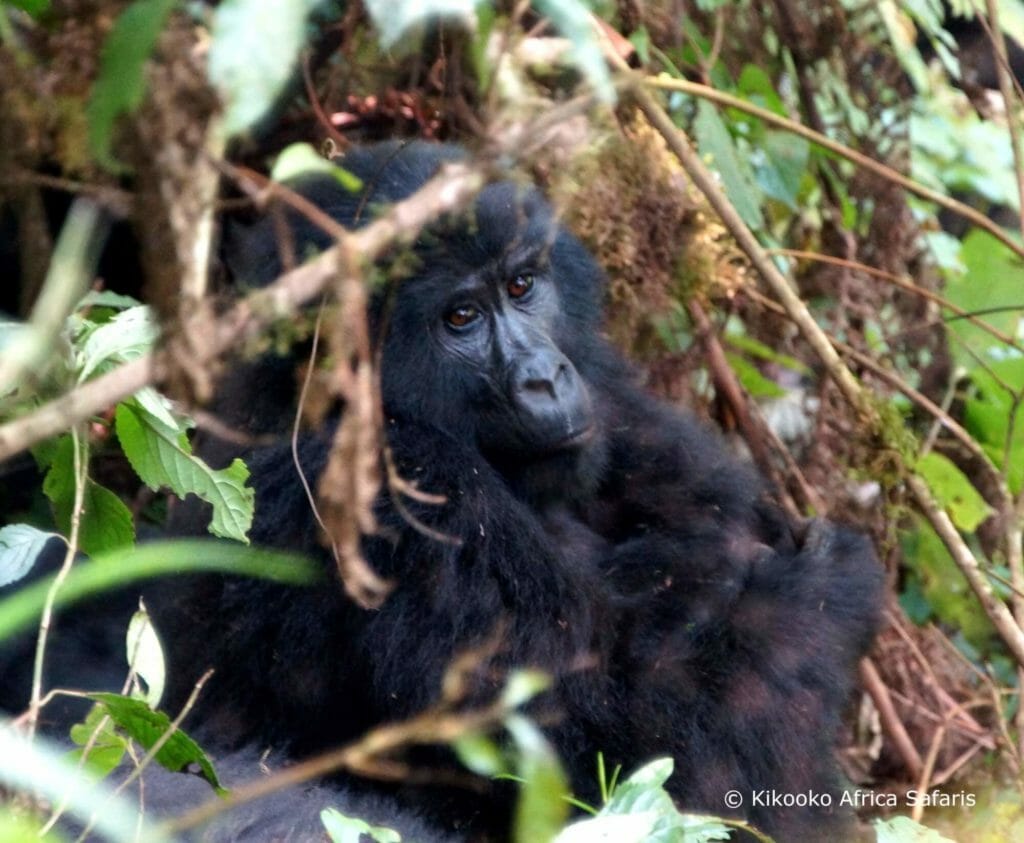
Are there mountain gorilla tracking permits and habituation permits?
Yes, there are both mountain gorilla tracking permits and habituation permits in Uganda. The tracking permits allow visitors to spend one hour with a gorilla family while the habituation permits allow visitors to spend up to four hours with a gorilla family.
The mountain gorilla habituation permits are more expensive than the tracking permits, but they offer a unique opportunity to spend an extended period of time observing and interacting with the gorillas as they become accustomed to human presence.
Where can I go mountain gorilla tracking in Uganda?
You can go mountain gorilla tracking in Uganda’s Bwindi Impenetrable National Park and Mgahinga Gorilla National Park. Bwindi Impenetrable National Park is home to more than half of the world’s remaining mountain gorillas, while Mgahinga Gorilla National Park is home to one habituated gorilla family. Both parks offer a unique and unforgettable gorilla tracking experience in their natural habitats.
What are the costs for mountain gorilla tracking permits vs. habituation permits?
Mountain gorilla tracking permits in Uganda cost $800 per person, regardless of the season, and allow visitors to spend up to one hour with a gorilla family in their natural habitat.
A mountain gorilla habituation permit costs $1,500 per person and allows visitors to spend up to four hours with a gorilla family that is being habituated to human presence. The habituation process can take up to two years, during which the gorillas gradually become accustomed to the presence of humans, and the permit allows visitors to witness and participate in this process.
The cost of the mountain gorilla habituation permit may seem steep, but the experience is truly unique and unforgettable, and the revenue generated from these permits goes towards conservation efforts and community development in the surrounding areas.
Need Help Booking Your Uganda Primate Permits? Let Kikooko Africa Safaris Help
Looking to experience the wonder of primate trekking in Uganda? Look no further than Kikooko Africa Safaris. Our team of experienced safari guides will help you create a completely personalized itinerary, handling all of the permit booking for you, so that you can simply focus on enjoying your adventure.
With our expertise, you’ll have the opportunity to witness these incredible animals in their natural habitats, and maximize the time you spend seeing wildlife.
Don’t wait any longer to book your primate safari tour with Kikooko Africa Safaris. Contact us today and let us help you plan the trip of a lifetime.


